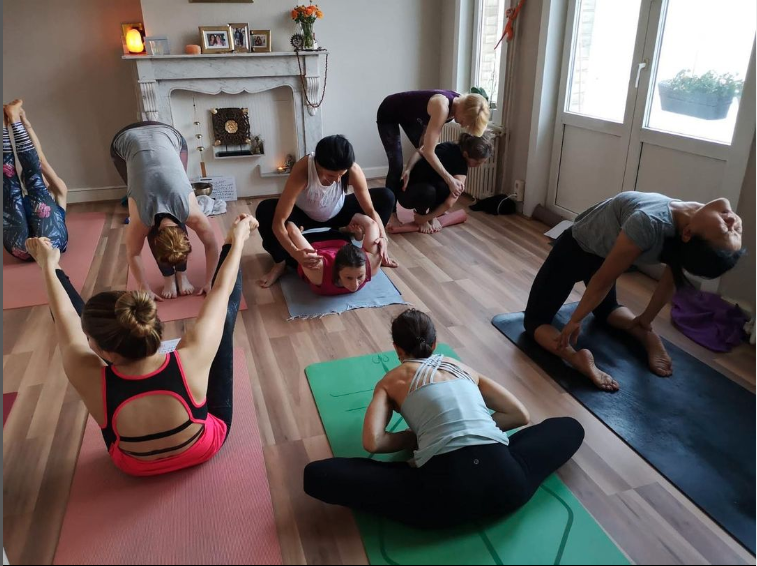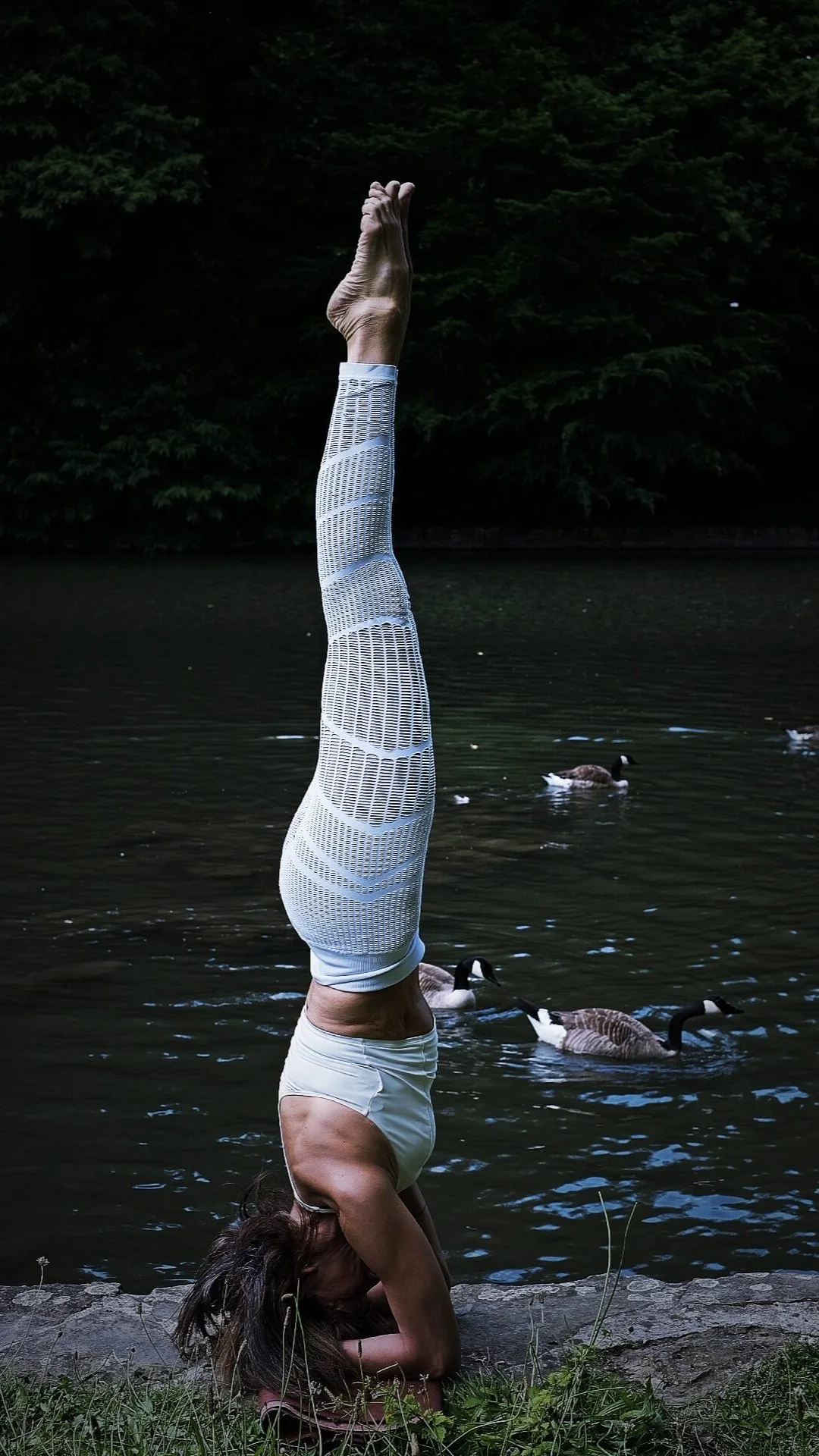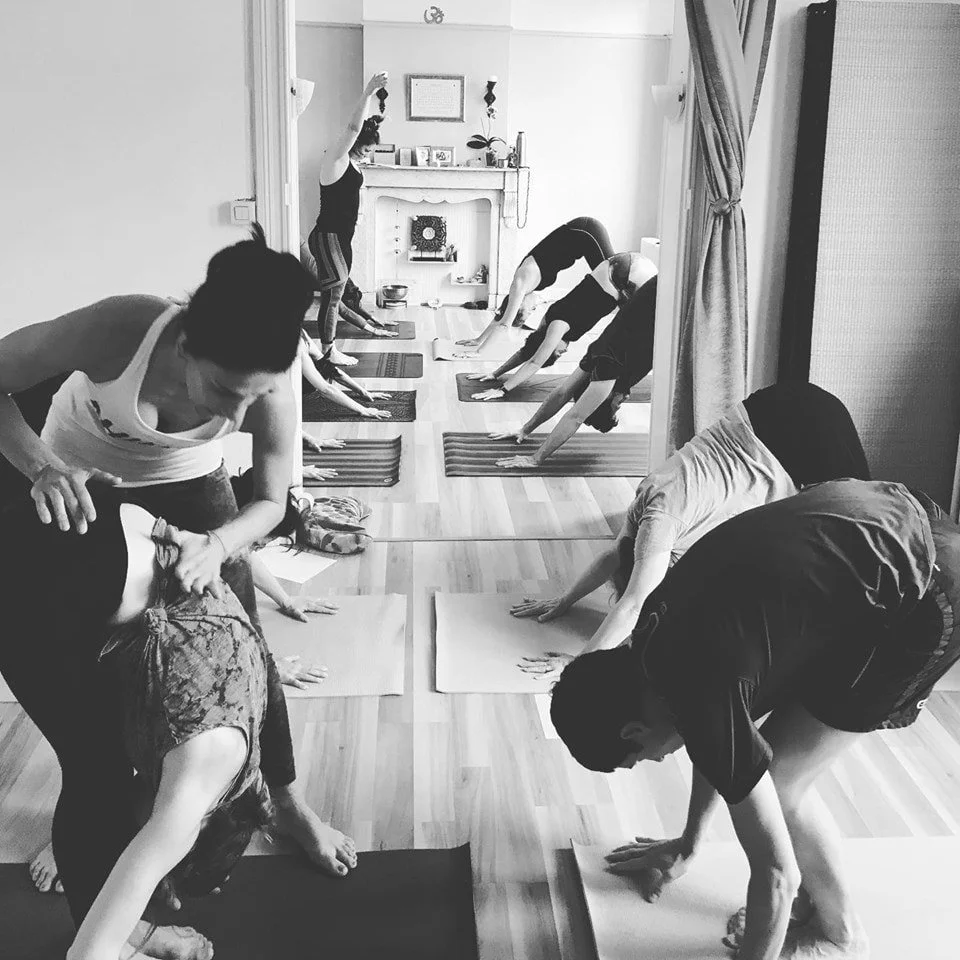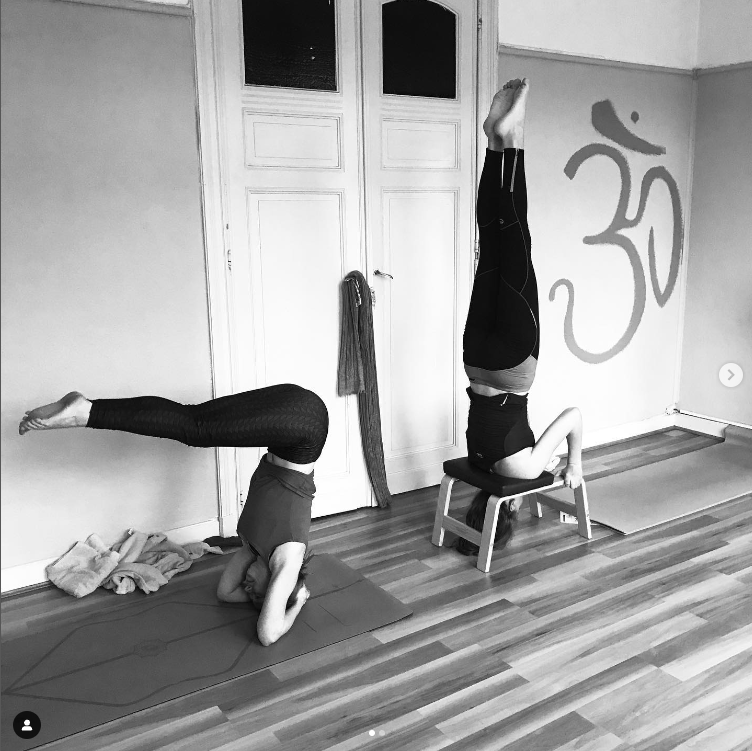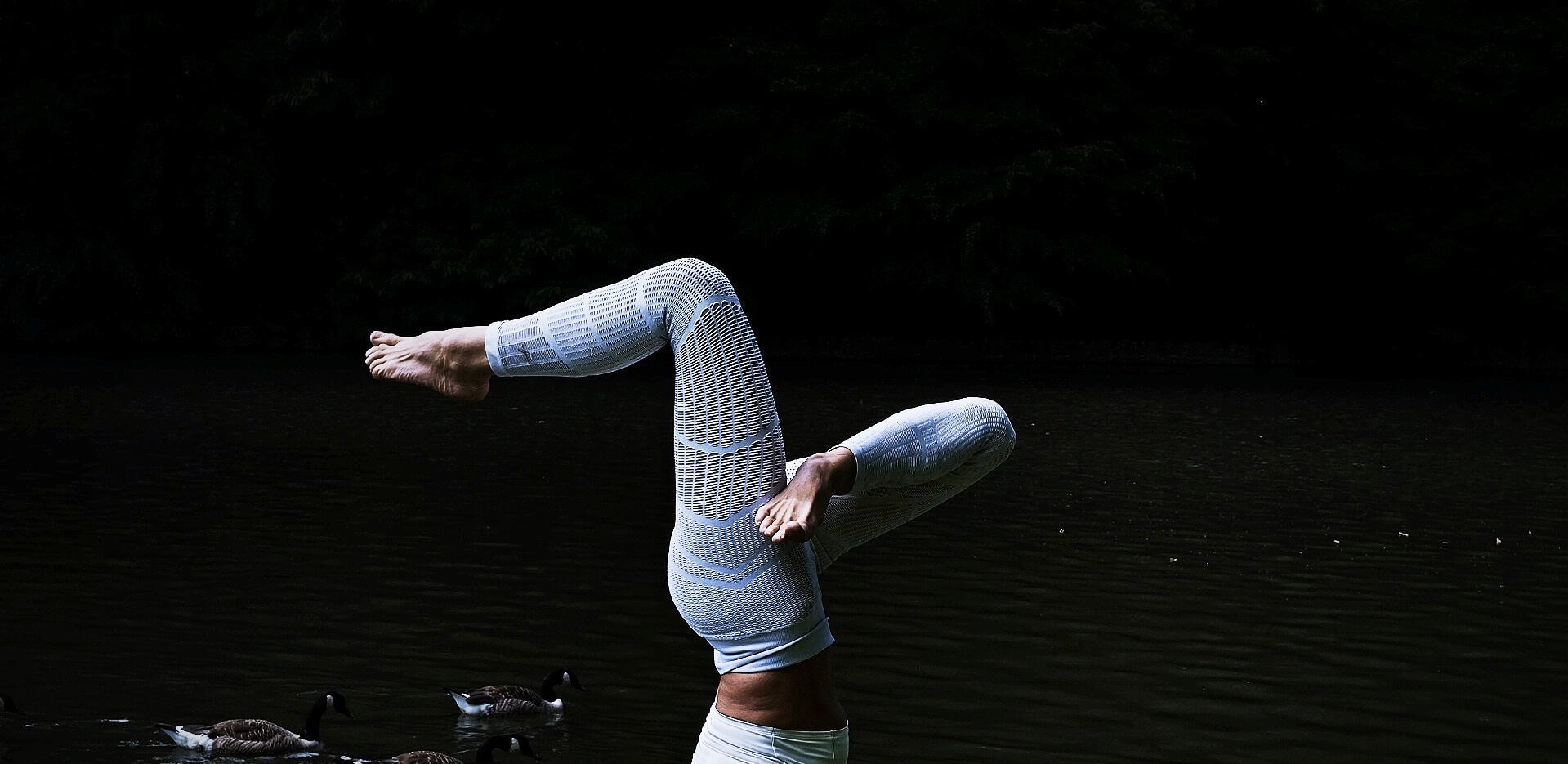
ASHTANGA
99% PRACTICE 1% THEORY
PRACTICE , PRACTICE , PRACTICE AND ALL IS COMING
SRI K . PATTHABI JOISE
ASHTANGA YOGA
Ashtanga Yoga is a system of yoga transmitted to the modern world by Sri K. Pattabhi Jois (1915-2009).
This method of yoga involves synchronizing the breath with a progressive series of postures—a process producing intense internal heat and a profuse, purifying sweat that detoxifies muscles and organs.
The result is improved circulation, a light and strong body, and a calm mind. The essence of this form of Yoga is in it’s name itself; Ashtanga, in fact, means eight branches that indicate the yogic path.
Let’s start from the body, our shealt throughout the asanas, you arrive to the last step of the path. Ashtanga Yoga: the meditative state of mind. Ashtanga Yoga as possibility of living for a true understanding of one’s being.
Yoga Sutra, Patanjali describes the limbs as follows:
The first branche’s name is Yama. Counts to reach sincerity towards oneself and the others, a non-violence state of mind and absence of avidity,Yama .
The second branch, Nyama , opens the look towards oneself, developing a straight conduct in the spiritual journey.
The body’s workout with its posture it’s called Asana, the third level of Ashtanga Yoga.
The fourth, Pranayama, pratices the breathing control with all its benefits for the body and the mind.
Pratyara, the fifth branch, takes one’s attention to one’s compulsion, the opening and listening of our inner wishes and the containment of these same ones.
The sixth branch, Dharana, is the capacity of conduct and focus the concentration to one only point.
Dhyana, the seventh branch, is the entering of meditative state, in which the mind is quiet and blissfull.
The eighth branch, Samadhi, the last level, is realized the contemplation and being illuminated touches oneself inside nature.
These branches support each other. The look that captures the unit is alive, when the motion of the mind is silent. The path is called Ashtanga Yoga, understand oneself and the others. Practiced in its correct sequential order, gradually leads the practitioner to rediscover his or her fullest potential on all levels of human consciousness – physical, psychological and spiritual.
Through this practice of correct breathing (Ujjay pranayama), postures (Asana) and gazing point (Drishti), we gain control of the senses and a deep awareness of ourselves. By maintaining this discipline with regularity and devotion, one acquires steadiness of body and mind.
ASHTANGA MYSORE STYLE
Mysore Style or Assisted Self-Practice is what yoga is all about. Yoga, for thousands of years has been taught from teacher to student on a one-to-one basis taking a student through his or her own development at an appropriate pace.
This method is still used in Mysore, south of India where the “Guru” of Ashtanga Vinyasa Yoga teaches in this method. This is why this type of practice is also called “Mysore” style or class.
With this method the group of students each practice at their own pace without being guided through each pose by the teacher throughout the class. How ever for beginners , Ramona will introduce Mysore style.
A led class is where everyone is doing the same pose at the very same moment. In Mysore style everyone still does the same poses, just at his or her own pace. This allows for a deeper connection to develop between teacher, student, and the practice. With only 5-6 students in the room there is plenty of individual attention that is given to each student. It’s almost like having a private lesson in a group setting.
Over daily practice the student begins to go through a process and grows within their practice, this comes from the amount of attention, the discipline and the dedication of practicing daily, the effects will encourage and inspire you. Knowing the basic foundation of Ashtanga yoga is required.

